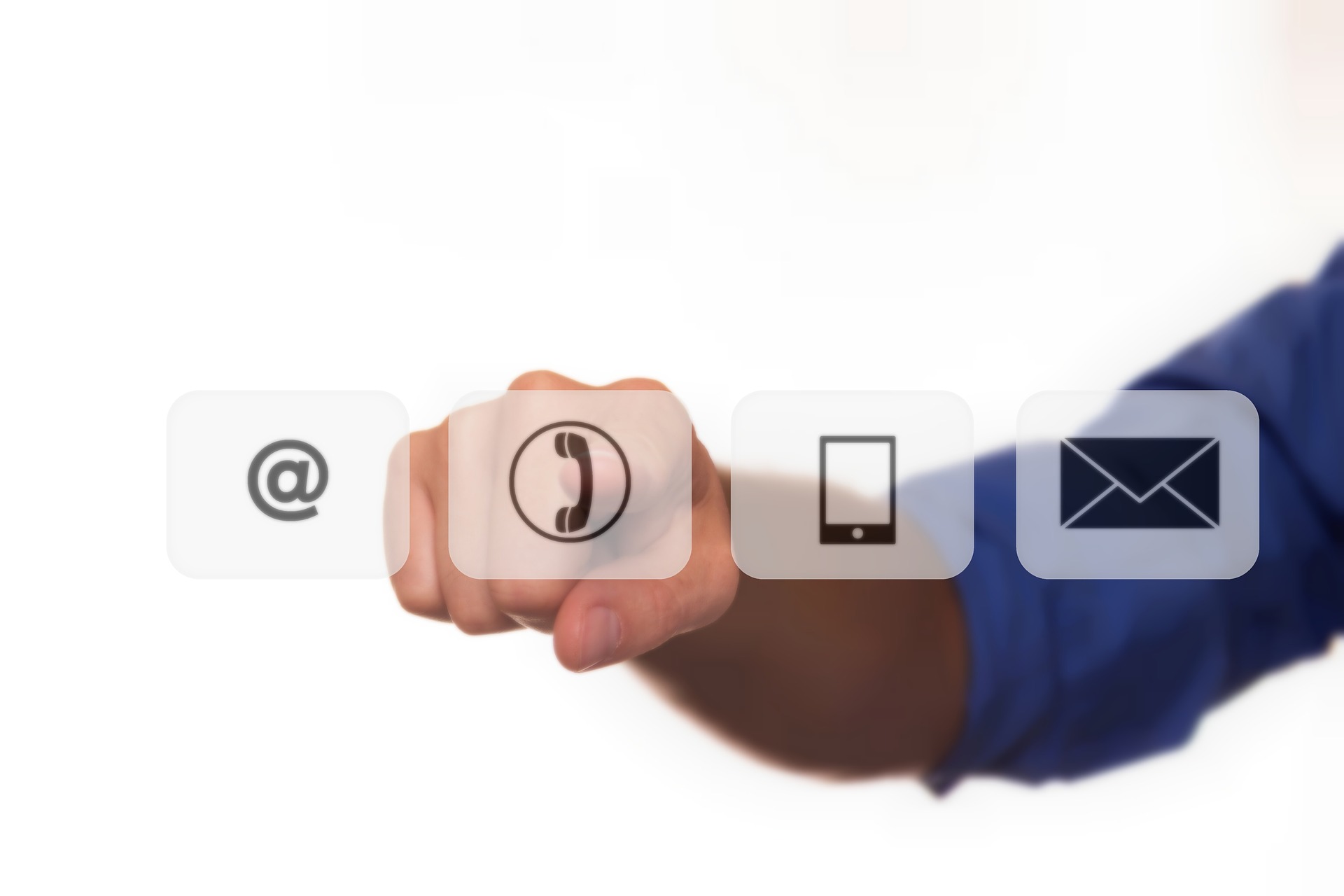Essential Technology Safety Checklist for Moving Home or Office

Moving to a new home or office is an exciting time, but it can also be quite chaotic and stressful. When it comes to your valuable technology, taking extra care is essential. Whether it’s sensitive electronic devices or fragile screens, proper handling and packing are crucial to ensuring everything arrives at your new location safe and sound. To help you navigate this process smoothly, we’ve put together a handy checklist. Follow these steps to safeguard your technology during the move and reduce the risk of damage.
1. Back Up Everything: Before you start disassembling your technology, make sure to back up all your data. Create copies of important files, documents, photos, and any other irreplaceable information. You can use an external hard drive, cloud storage, or both. By doing this, you’ll have peace of mind knowing you’ve protected your data. Should something unfortunate happen during the move, your files will be intact.
2. Organize and Label Cables: Untangling a mess of cables is a common frustration when setting up devices in a new place. To avoid this headache, take the time to organize and label your cables before packing. Use cable ties or twist ties to keep them neatly bundled. Attach labels to identify which cable belongs to which device. Trust us; this simple step will save you a lot of time and frustration later on.
3. Pack Devices Carefully: Whenever possible, use the original boxes for packing your devices. If you’ve kept the original packaging, it is designed to provide the best protection during shipping. There are usually specific compartments to secure each component. If you no longer have the original boxes, opt for sturdy cardboard boxes. Wrap each device in bubble wrap or anti-static foam to prevent any damage. Fill any empty spaces in the boxes with packing peanuts or crumpled paper to ensure a snug fit.
4. Remove Ink Cartridges and Batteries: For devices that use ink, such as printers, it’s crucial to remove the cartridges before packing. Ink cartridges can leak or dry out during transit, causing a mess or rendering them useless. Pack the cartridges separately in sealed bags and label them. Similarly, remove batteries from devices such as laptops, cameras, or remote controls to prevent accidental power-on and potential damage during the move.
5. Take Photos of Cable Connections: Before unplugging cables from your devices, snap a quick photo of the connections. This visual reference will be very helpful when setting up everything at your new location. You won’t have to worry about remembering which cable goes where, and it will save you hours of frustration.
6. Pack Your Wi-Fi Equipment Separately: Reconnecting to the internet is usually one of the first things done for both home and office moves. To make it easier, pack all your Wi-Fi network equipment separately from other items. This includes your modem, router, ethernet cables, and other network connectors. Clearly label the box “Wi-Fi Equipment” so you’ll know right where to go first to get online.
7. Secure Fragile Screens: If you’re moving devices with delicate screens, such as TVs or monitors, take extra precautions to protect them from scratches and cracks. Place a soft cloth or microfiber cloth over the screen and secure it with elastic bands or tape. This barrier will shield the screen from any accidental contact during transit. Additionally, pack these items in a vertical position to reduce the risk of damage.
8. Inform the Movers about Fragile Items: When enlisting professional movers, be sure to be clear about your technology. Inform them about the fragile nature of your devices and other tech items. Clearly label the boxes containing your valuable devices as “fragile” and provide any necessary instructions to handle them with care. By communicating your concerns upfront, you reduce the chances of accidents while moving.
9. Test Everything After the Move: Once you’ve moved your technology and reconnected cables, turn your devices on and test them to ensure they work as usual and weren’t damaged during the move. Sometimes, internal damage may not be immediately apparent. Testing your devices after the move allows you to identify any issues promptly, enabling you to file a claim or seek assistance from IT professionals if needed.
Need Help with a Safe Technology Move?
Moving can be a hectic and challenging process, especially when moving office tech. But with the right approach and careful planning, you can ensure the safety of your devices from point A to point B. If you find the prospect of handling your technology during the move overwhelming, consider seeking help from professional movers experienced in handling delicate equipment. They can provide the necessary expertise and ensure your technology reaches its new destination securely.
In conclusion, by following this comprehensive checklist and taking the necessary precautions, you can make your technology move a smooth and stress-free experience. Your valuable devices will arrive at your new home or office safely, and you can focus on settling into your new space with peace of mind.




